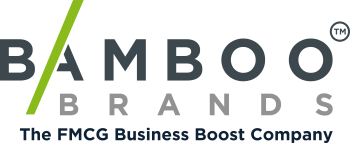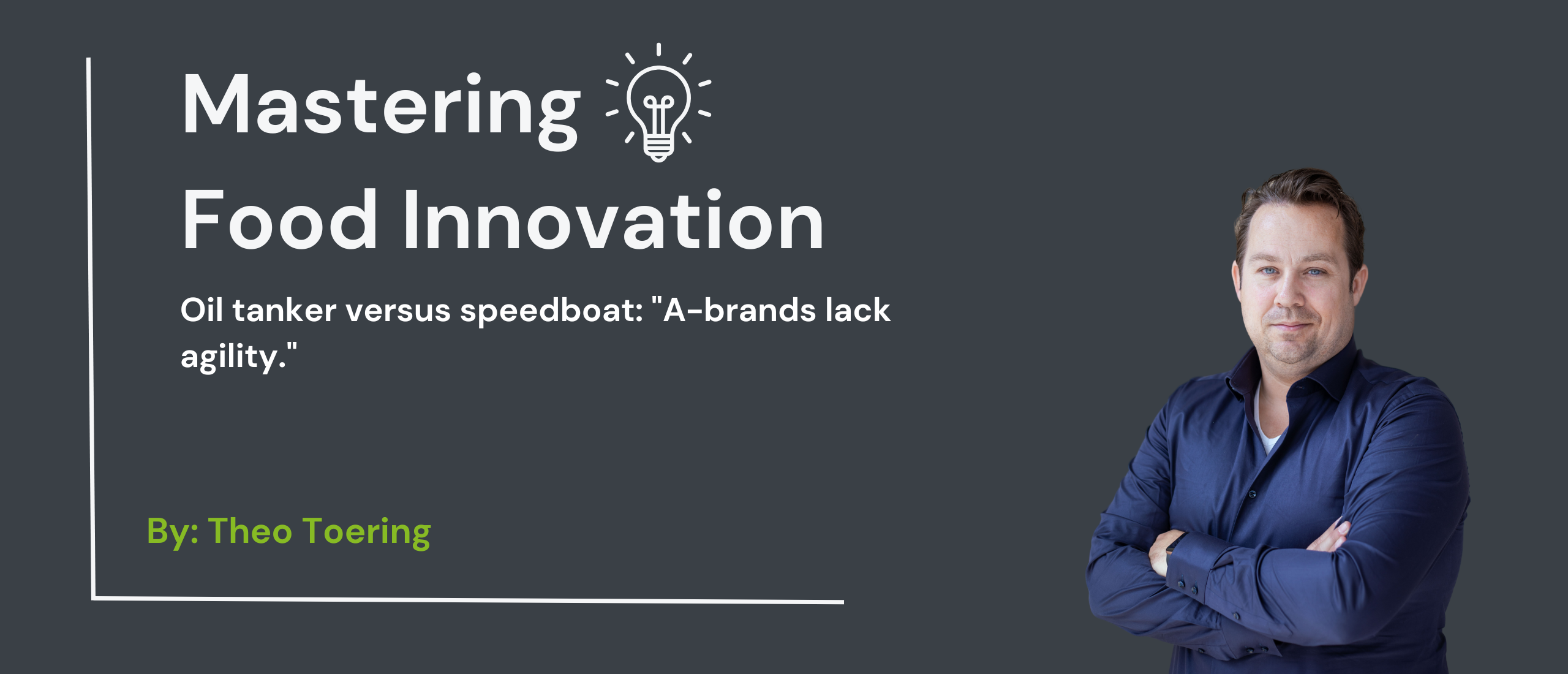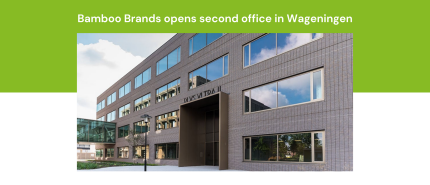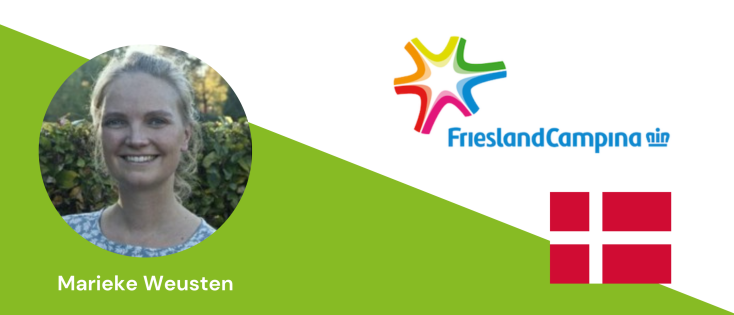At first glance, it seems like an unfair fight: small, emerging brands taking on well-established A-brands backed by massive budgets and decades of experience. But a closer look at the dynamics within the FMCG landscape reveals a shifting balance of power—and it’s happening fast.
At this year’s Wheel of Retail event, the contrast was clear. Up-and-coming brands Holie’s and Stëlz stole the spotlight—not just with their products, but with their energy, agility, and strong retail partnerships. Meanwhile, many A-brands are struggling with innovation and collaboration. As product innovation expert Theo Toering aptly puts it: “It’s an oil tanker versus a speedboat.”
As BCG (2023) reported, only 22% of innovations from established CPG brands become profitable within two years. Why? Internal processes are slow, overly cautious, and packed with decision layers. In the meantime, smaller brands are translating consumer insights into shelf-ready innovations in a matter of weeks.
A culture clash in the FMCG landscape
At Holie’s, the music is booming at their pop-up event on Amsterdam’s iconic Herengracht canal. Team members—young, international, and full of flair—burst out the door, cameras in hand. Not to wrap up the day, but to celebrate and promote their brand. At Stëlz—a hard seltzer brand backed by players like Heineken and Monica Geuze—you’ll find that same contagious energy. Around 80% of their team is under 30, operating with the speed and flexibility of a startup.
This new generation of brand builders proves that success doesn’t require 30 years of brand equity. In fact, their lack of legacy is a strength: no outdated systems, no tough price agreements from the past. They build their retail relationships from scratch—and it’s working.
McKinsey (2024) refers to this as “rapid consumer-centric innovation.” Not 18-month cycles, but 20 weeks from idea to shelf. Not assumption-driven desk research, but co-creation with consumers based on real-world in-store behavior.
Meanwhile, the oil tankers struggle with innovation
Ask A-brands about their biggest frustrations, and you’ll often hear the same story: tough pricing negotiations, limited room for innovation, and strained retailer relationships. While brands like Holie’s and Stëlz invest heavily in collaboration and transparency, many A-brands are bogged down by internal reorganizations and margin protection.
Toering is blunt: “Multinationals are in trouble. They’re not agile. Not even through acquisitions. You can’t just integrate a speedboat into an oil tanker.” The contrast is clear: in 2024, Holie’s launched nine new flavors and won a Special Wheel award for healthy innovation, while most A-brands are still tinkering with reformulations and line extensions.
According to Bain & Company (2022), 70% of CPG acquisitions fail to deliver lasting growth. Once challenger brands are absorbed, they often lose their speed, autonomy, and cultural edge—the very things that made them successful in the first place. 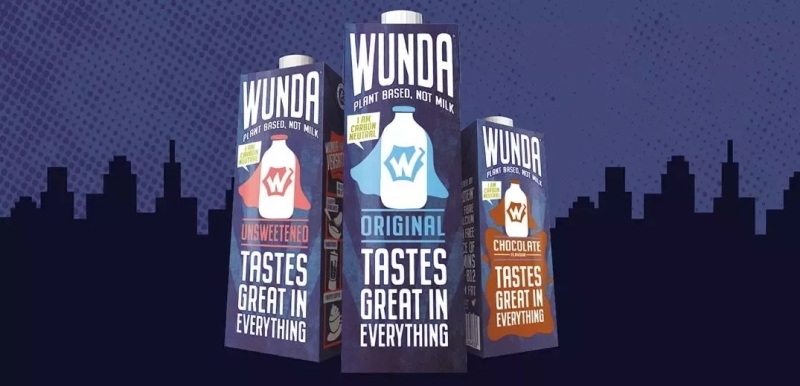
Nestlé's brand Wunda is a good example of an innovation that did not succeed
Agility wins - also with consumers
What Holie’s and Stëlz understand well is that today’s consumers demand constant stimulation. New flavors, eye-catching packaging, strong social content—everything needs to click. And it has to keep pace with a media landscape that changes by the day. While large brands may take months (or years!) to launch a new product, smaller brands do it in weeks.
That difference in speed is not a minor detail—it’s a competitive edge. No surprise then that both Holie’s and Stëlz scored high with the Wheel of Retail jury, especially on criteria like rotation, margin, and innovation.
At Bamboo Brands, we test food innovations in real supermarkets across Europe. What we observe daily is clear: smaller brands like This, STËLZ, and Holie are disrupting entire categories. Meanwhile, established brands often lose ground—unless they actively test and learn from real consumer behavior on the supermarket floor.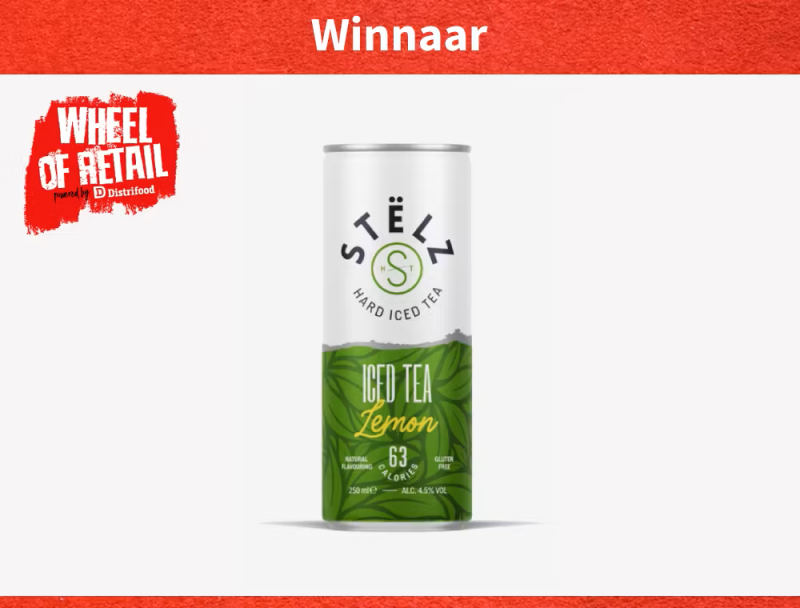
Stëlz, winner of the 2025 Wheel of Retail in the Alcoholic Beverages category.
What can A-brands learn form this?
The message for established brands is clear: to stay relevant, reinvention is essential. Not by trying to outrun the speedboats—that’s a losing battle—but by creating more agile parts within your organization. Think:
- Small innovation teams with short lines of communication
- Closer retailer collaboration at the product development level
- Faster testing and validation of new concepts
And perhaps most importantly: adopting the challenger brand mindset, even if you’re the market leader
Look at global examples like Oatly (Sweden), NotCo (Chile), and DASH Water (UK). These brands didn’t just innovate—they redefined entire categories by being bold, consumer-centric, and fast. They scaled internationally not with massive ad budgets, but with a sharp identity, product excellence, and an agile go-to-market approach.
In conslusion
2025 is shaping up to be a year where emerging brands raise the bar even higher. According to Toering, we’ll see more new initiatives, more collaboration (think: blurring and co-creation), and renewed momentum in dormant categories like frozen and dairy.
Agility is no longer a luxury—it’s a survival skill. Retailers, consumers, and even your internal teams expect speed, clarity, and bold moves. The question is no longer whether you should change, but how fast you’re willing to start.
So—will your brand remain an oil tanker? Or are you ready to steer like a speedboat?
Read here the full article on Distrifood (in Dutch).
